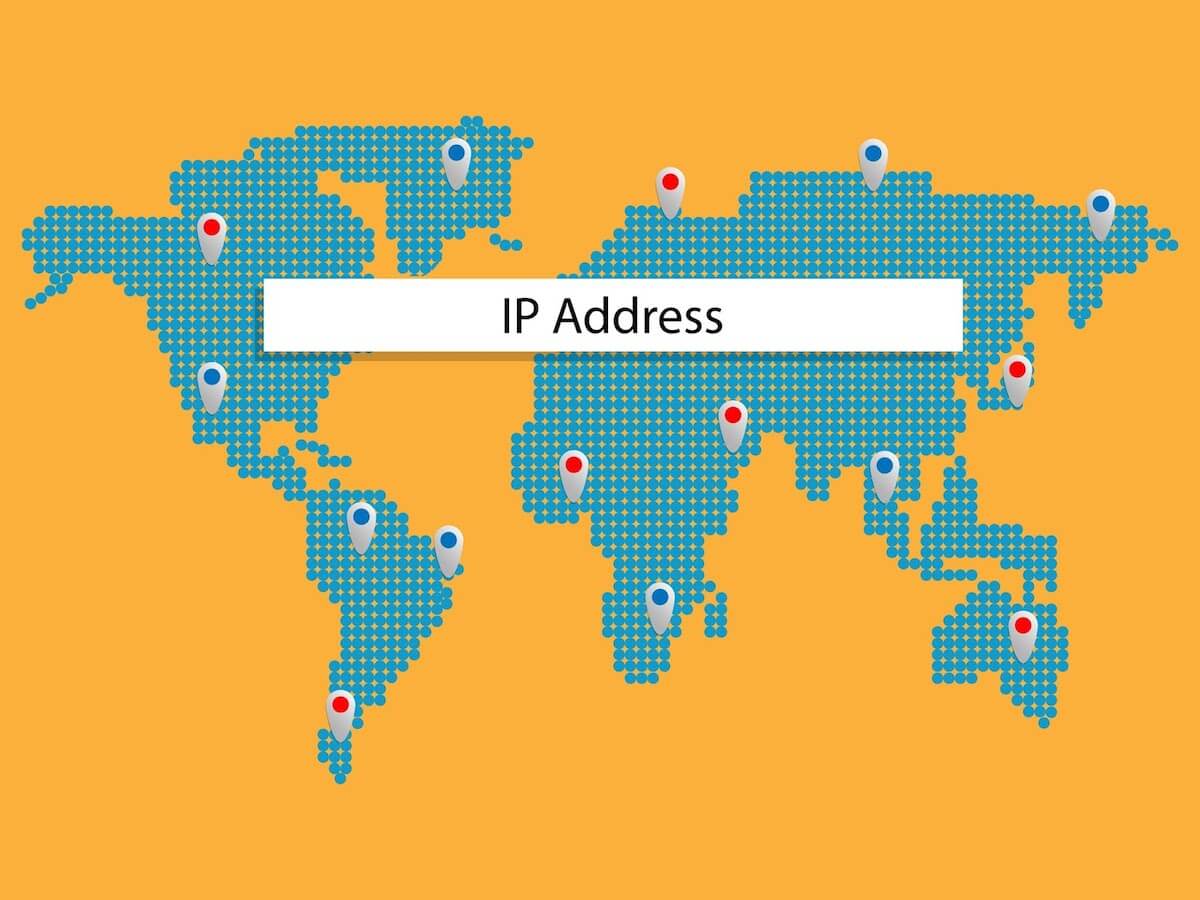DNS Attacks on the Rise: How to Defend Networks with a DNS Record History Resource
As attacks targeting the Domain Name System (DNS) continue to gain traction, they put forth the critical need for DNS security. Traditional solutions are not always adequate to mitigate the risks that DNS threats pose and typically do not guarantee DNS availability and integrity.
A reactive approach to the said threats, which include distributed denial-of-service (DDoS) attacks, can negatively impact organizations. Application downtime and business shutdowns as countermeasures reduce sales and revenue. Efforts to fix DNS security issues take up time and resources, too, which could also lead to even greater financial losses.












































